By Benjamin Beck and Eric Peatman
Mucosal Health in Aquaculture PDF is an essential reference on mucosal health for the diverse aquaculture community. Rich in explanatory figures and schematics, the book includes important concepts such as structural and cellular composition of mucosal surfaces in fish and shellfish, known functional roles of molecular and cellular actors during pathogen invasion, impacts of nutrition on the mucosal barriers, impacts of chemical treatments on mucosal surfaces, mucosal vaccines and vaccination strategies, and more.
The health of cultured aquaculture species is critical in establishing the sustainable growth of the aquaculture industry worldwide, and mucosal health is of particular interest to those working in aquaculture because mucosal surfaces (skin, gill, intestine, reproductive tissues) constitute the first line of defense against pathogen invasion. Mucosal Health in Aquaculture captures the latest research on mucosal barriers in aquaculture species and their impacts on nutrition and immunity to ensure sustainable aquaculture development.
- Includes research case studies to exhibit the importance of various integrated approaches to mucosal health
- Examines the latest scientific methods and technologies to maximize efficiencies for healthy fish production for farming
- Brings together the latest knowledge and research on mucosal barriers and mechanisms from world-wide experts in mucosal health
- Utilizes detailed diagrams and figures to enhance comprehension
Table of Contents
List of contributors
Acknowledgments
1: Why mucosal health?
Abstract
1.1. Why mucosal health?
2: Overview of fish immunity
Abstract
2.1. Introduction
2.2. Organs, tissues, and general structures
2.3. Cellular components
2.4. Soluble mediators of immunity
2.5. Immune mechanisms
Acknowledgments
3: Overview of mucosal structure and function in teleost fishes
Abstract
3.1. Introduction
3.2. Integument
3.3. Intestine
4: Fish mucosal immunity: skin
Abstract
4.1. Introduction
4.2. The mucous layer as a barrier against pathogens
4.3. Resident cell types found in the skin
4.4. Skin immune responses in diseased fish
4.5. Future directions and conclusions
5: Fish mucosal immunity: gill
Abstract
5.1. Introduction
5.2. Embryology and anatomy
5.3. Vascular system
5.4. Epithelium
5.5. Blood cells and other immune cells
5.6. Mucosal immunity and the gills
5.7. Infectious salmon anemia
5.8. Red mouth disease (yersiniosis)
5.9. Amoebic gill disease
5.10. Ichthyophthiriasis (“white spot disease”)
5.11. Concluding remarks
6: Fish mucosal immunity: intestine
Abstract
6.1. Introduction
6.2. The mucus layer as a barrier against mucosal pathogens
6.3. Resident cell types found in the gastrointestinal tract of teleosts
6.4. Gut immune responses in diseased fish
6.5. The embryology and ontogeny of the gut immune system
6.6. Laboratory models that can contribute to our knowledge of gut immunity in aquaculture fish
6.7. Concluding remarks
7: Environmental impacts on fish mucosa
Abstract
7.1. Introduction
7.2. Intestinal barrier function
7.3. Intestinal barrier function and health
7.4. Environmental factors affecting the intestinal barrier
7.5. Host–pathogen interactions and intestinal barrier function
7.6. The effect of environmental salinity on the intestinal barrier
7.7. Mediators of a decreased barrier function
7.8. Concluding remarks
8: Nutritional impacts on fish mucosa: dietary considerations
Abstract
8.1. Introduction
8.2. Lipids and gut health
8.3. Antinutritional factors and gut health
8.4. Concluding remarks
9: Nutritional impacts on fish mucosa: immunostimulants, pre- and probiotics
Abstract
9.1. Background
9.2. Immunostimulants
9.3. Prebiotics
9.4. Probiotics
9.5. Dietary administration of immunostimulants and their effects on mucosal immunity and disease resistance
9.6. Dietary administration of prebiotics and their effects on mucosal immunity
9.7. Dietary administration of probiotics and their effects on mucosal immunity
9.8. Concluding remarks
Acknowledgments
10: The fish microbiome and its interactions with mucosal tissues
Abstract
10.1. Introduction
10.2. Ontology of the fish microbiome
10.3. Microbiota associated with the skin
10.4. Microbiota associated with the gills
10.5. The gut microbiomes of fish
10.6. Microbiome–mucosa interactions
10.7. Future research
11: Mucosal vaccines
Abstract
11.1. Introduction
11.2. Types of mucosal vaccines in aquaculture
11.3. Delivery of mucosal vaccines in aquaculture
12: Mucosal immunity in mollusks
Abstract
12.1. Introduction
12.2. Molluscan mucosal epithelia
12.3. Mucus matrix composition and structure
12.4. The diverse functions of mollusk mucus
12.5. Host–microbe interactions at mucosal interfaces in metazoans
12.6. Mucosal immunity in mollusks
12.7. Immune recognition
12.8. Immune activation and cell signaling
12.9. Effector molecules
12.10. Endocytic activity by epithelial cells
12.11. Hemocytes
12.12. Melanization and biomineralization
12.13. Enhancement of mucosal immunity
12.14. The promise of new technologies
12.15. Concluding remarks
Acknowledgments
13: New frontiers in mucosal health in aquaculture
Abstract
13.1. Next-generation sequencing-based approaches
13.2. Gene-editing
13.3. Conclusions
Subject Index
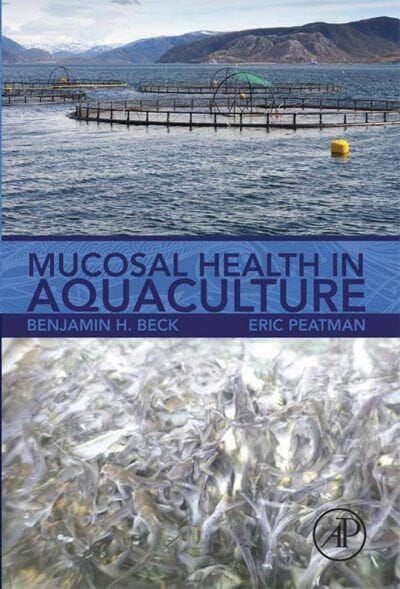


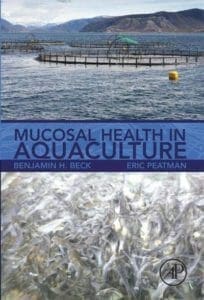

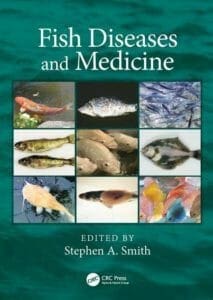
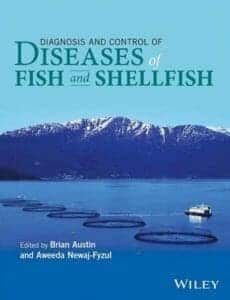
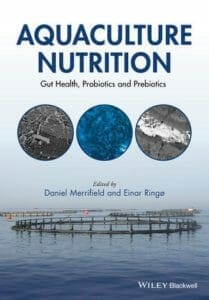

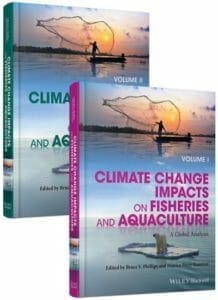
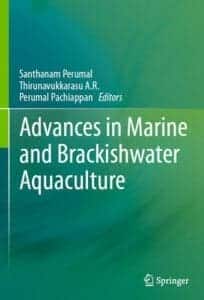




![Ettinger’s Textbook of Veterinary Internal Medicine 9th Edition [PDF+Videos] Ettinger’s Textbook of Veterinary Internal Medicine 9th Edition [True PDF+Videos]](https://www.vet-ebooks.com/wp-content/uploads/2024/10/ettingers-textbook-of-veterinary-internal-medicine-9th-edition-100x70.jpg)

![Textbook of Veterinary Diagnostic Radiology 8th Edition [PDF+Videos+Quizzes] Thrall’s Textbook of Veterinary Diagnostic Radiology, 8th edition PDF](https://www.vet-ebooks.com/wp-content/uploads/2019/09/textbook-of-veterinary-diagnostic-radiology-8th-edition-100x70.jpg)






